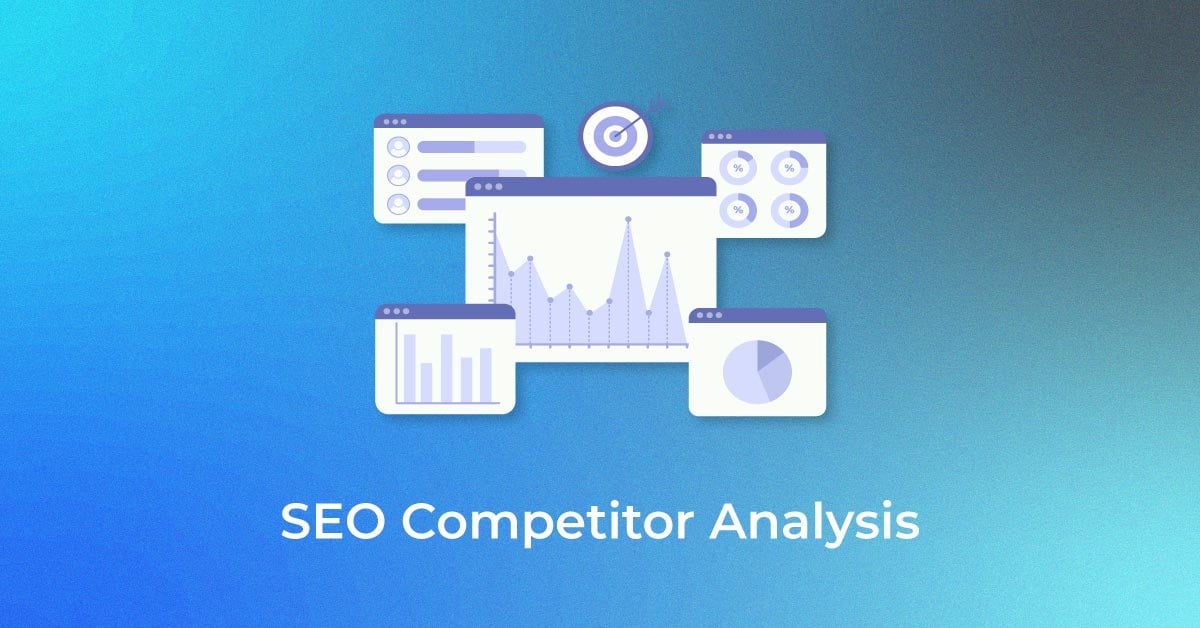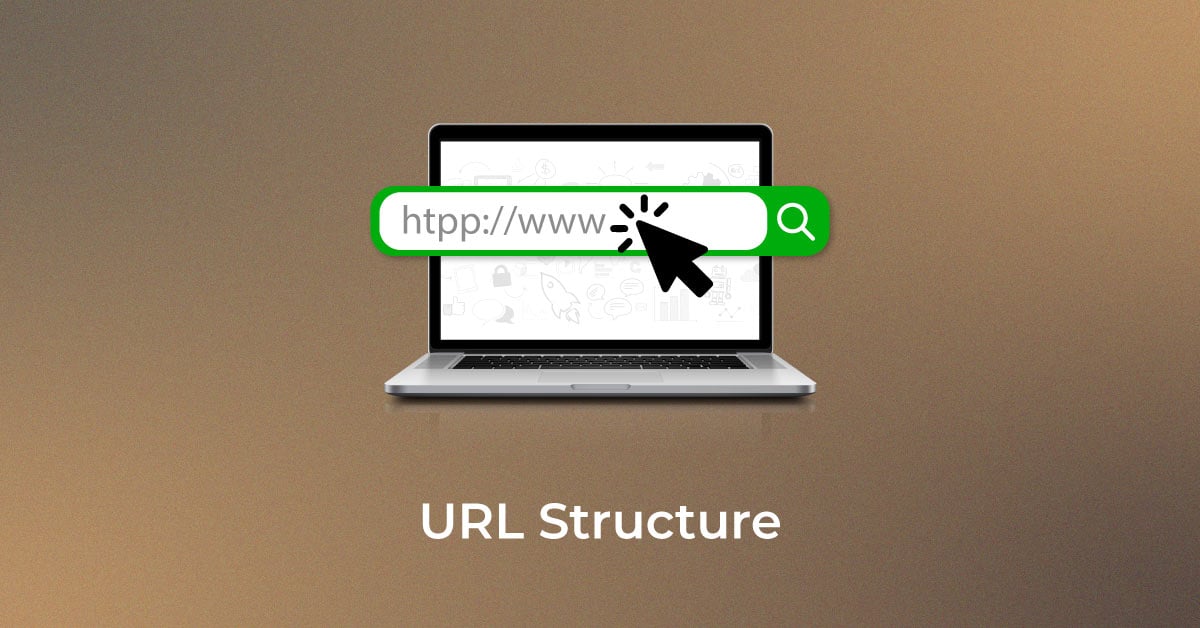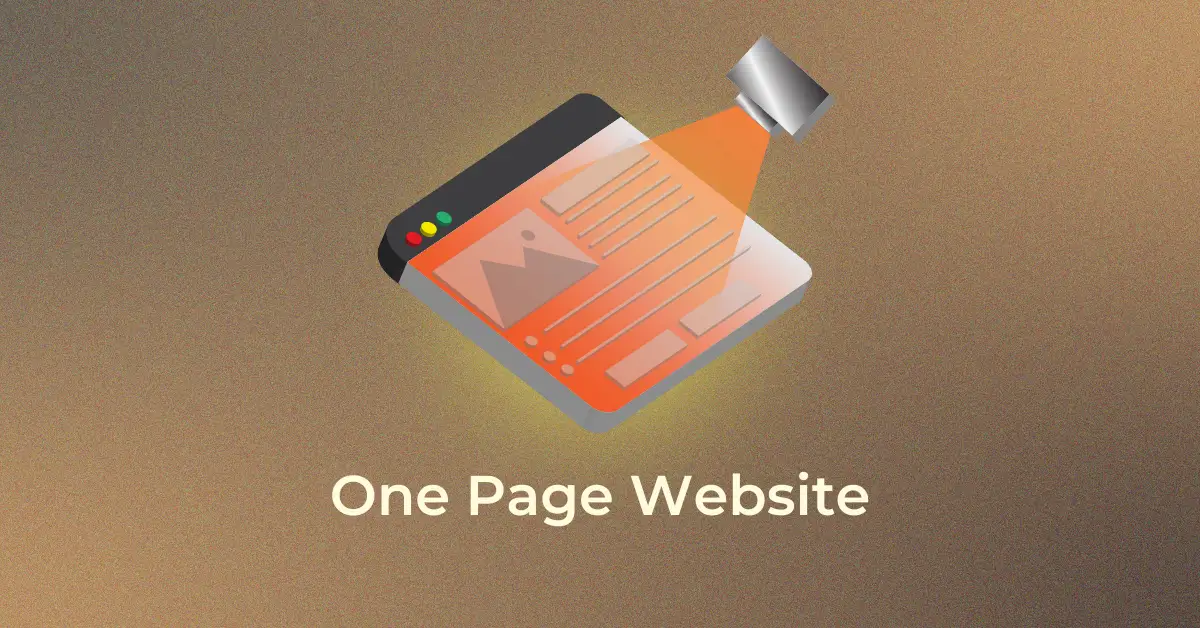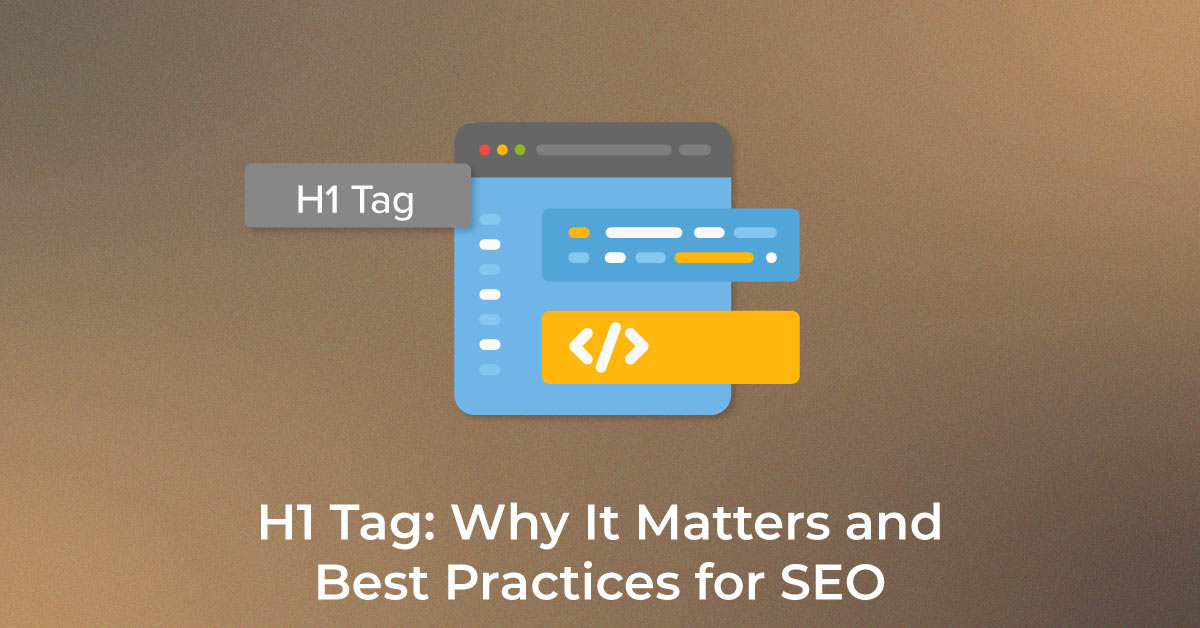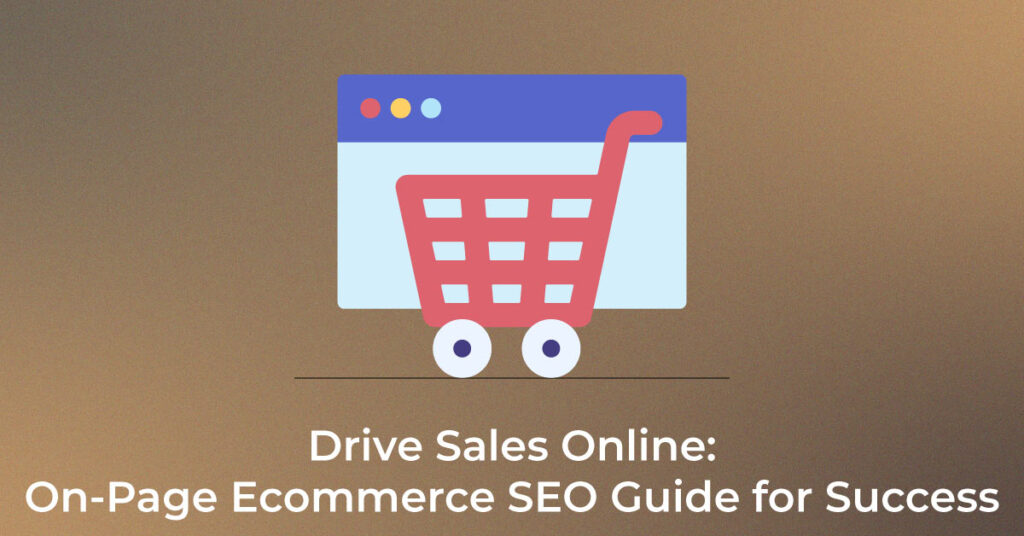What is On-Page SEO and Why Does It Matter for Ecommerce?
On-page SEO is the practice of optimizing individual web pages to rank higher and earn more relevant traffic in search engines. In the context of e-commerce, it plays a pivotal role in ensuring that your products and services are seen by potential customers through organic searches. This process involves the strategic placement of keywords, crafting informative meta titles and descriptions, enhancing the URL structure, and ensuring your website’s overall content is optimized for both search engines and shoppers. Implementing on-page SEO is crucial not just to attract visitors, but to also enhance user experience and increase the likelihood of conversion into sales.
Keyword Research for Ecommerce SEO
Finding Keywords for Product Pages
Finding the right keywords for product pages requires a strategic approach that extends beyond simply targeting high search volumes. To effectively drive conversions, it’s important to optimize product pages with specific keywords that align with the intent of users who are ready to make a purchase. Consider using detailed long-tail keywords, such as “premium quality paintbrush set,” which can indicate a higher likelihood of purchase due to their specificity.
When starting your keyword research, leverage existing data from paid search campaigns or your site’s analytics to understand how customers search for your products. Then, implement strategic methods such as scraping data from similar product pages on your site, using the structured data within the product’s specification table, or using tools like Keywords Explorer for bulk keyword data. With this information, prioritize relevancy and conversion potential over sheer search volume to effectively attract users who are in the decisive phase of the buying journey.
Targeting Keywords for Category Pages and Blogs
For category pages, it’s essential to target broader keywords that encompass a range of products, capturing the essence of the items within each category. Think in terms of customers browsing to explore options; for instance, use keywords like “women’s trail running shoes” rather than more specific ones like “women’s trail running shoes size 8.”
Conversely, blog content allows for in-depth exploration of topics related to your products and typically targets educational or informational intent. This type of content can leverage long-tail and question-based keywords that customers might search for when seeking advice or guides before making a purchase. Examples include “How to choose trail running shoes” or “Benefits of trail running shoes for women,” which can help guide readers toward your products.
When researching these keywords, cluster them into themes that reflect your customers’ journey and interests. Utilize tools like Ahrefs or SEMRush to identify keyword variations and related questions you can comprehensively address. Remember to consider search volume, keyword difficulty, and the potential traffic these keywords could bring to your eCommerce platform.
Optimizing Product and Category Pages
Best Practices for Product Pages
Creating compelling product pages is an art that involves more than just showcasing the product. To optimize these pages for both search engines and customers, consider these best practices:
- Product Name: Ensure your product name is descriptive and includes a primary keyword that potential customers are likely to search for. This boosts the page’s relevance for particular search queries and increases its discoverability.
- Image Optimization: Use high-quality images with file names that include your primary keyword (for example, ‘organic-cotton-t-shirt-white.jpg’). Always fill in the ALT text with descriptive and keyword-rich content. This not only aids visually impaired users but also helps images rank in search results.
- Product Descriptions: Write unique and engaging descriptions that offer all the necessary details a customer might need to make a decision. Utilize keywords naturally within the text to assist SEO without sacrificing readability.
- Meta Titles and Descriptions: Craft compelling and keyword-rich meta titles and descriptions for each product page. They should entice users to click through from search engine results and also accurately describe the product.
- URL Structure: Keep URLs short, readable, and keyword-rich. Avoid complex strings of numbers or characters that don’t communicate content to users or search engines.
- Product Reviews: Display customer reviews prominently as they provide fresh content and increase the keyword density, adding to the page’s SEO value.
- Unique Content: Avoid duplicate content by ensuring each product has its distinctive description — even if products are similar. Search engines penalize sites with duplicate content, which can impact rankings.
- Structured Data: Implement structured data (Schema.org) to provide search engines with detailed product information, like price, availability, and review ratings, which can be displayed directly in search results.
- Call to Action (CTA): Encourage conversions with clear, compelling CTAs such as ‘Add to Cart’ or ‘Buy Now’ buttons. These elements play a crucial role in ecommerce conversion rate optimization and should stand out while being strategically placed on the page to drive user action effectively.
By adhering to these best practices, you’ll enhance your product pages for both users and search engines, increasing the potential for higher traffic and conversions.
Effective Tips for Category Pages
Category pages serve as a gateway to your product collections and are crucial for guiding visitors to make a purchase. To optimize category pages effectively, consider these effective tips:
- Clear Hierarchy: Structure your category pages clearly, showcasing top-selling or featured products. Ensure that products are easy to browse and the page isn’t overloaded, which might overwhelm visitors.
- Engaging Copy: Include a brief yet compelling description at the top of the category page. Use this space to integrate primary keywords naturally and provide context about the product selection.
- Filter and Sort Functions: Implement user-friendly filtering and sorting options, enabling customers to easily refine their search based on size, color, price, or rating. This enhances the shopping experience and may reduce bounce rates.
- Pagination and Load More: For pages with numerous products, consider pagination or a ‘Load More’ button to prevent overwhelming the user and to maintain site speed.
- Internal Linking: Utilize internal linking to guide users to related categories or popular products. This not only helps with navigation but also distributes page authority throughout your site.
- SEO-Friendly URLs: Ensure URLs are clean, descriptive, and include the category keyword. Example: ‘www.example.com/womens-running-shoes’ is preferable over ‘www.example.com/cat?id=123’.
- Mobile Optimization: With the increasing use of mobile devices for shopping, make sure your category pages are optimized for mobile usability, with touch-friendly elements and fast loading times.
- Strategic Keyword Placement: Place keywords in headers and throughout the category page copy where relevant, but avoid keyword stuffing. Balance the needs of the user with those of search engines.
- Social Proof: Leverage social proof by highlighting best-selling products or displaying customer reviews to build trust and encourage sales.
Following these tips helps create a seamless user experience for shoppers browsing your category pages and supports your SEO efforts, leading to improved search visibility and higher engagement.
Writing Meta Titles and Descriptions
Crafting meta titles and descriptions is a delicate process that impacts your click-through rate (CTR) and search rankings. These brief snippets offer an opportunity to create a strong first impression on potential customers. Here are some tips to maximize their effectiveness:
- Concise and Compelling: A meta title should be under 60 characters to ensure it displays fully on search result pages. The description should not exceed 160 characters. Make both elements compelling to improve CTR.
- Include Keywords: Incorporate your primary keyword at the beginning of the meta title and naturally within the meta description to signal to search engines the main focus of the page.
- Unique to Each Page: Avoid duplicating meta titles and descriptions across pages. Each page should have its own unique set that accurately reflects the content.
- Call to Action: Use action-oriented language in your meta descriptions to encourage users to click, such as “Discover,” “Explore,” or “Shop Now.”
- Use the Brand Name: Include your brand name in the meta title, ideally at the end, to reinforce brand recognition and trust.
- Show Benefits and Features: Highlight a key benefit or feature of the product or category to make your page stand out among search results.
- Avoid Overuse of Capitals: Write naturally and avoid using all caps, which can appear spammy and may dissuade users from clicking through.
- Test for Performance: Regularly review the performance of your meta titles and descriptions to determine what works best for your audience and adjust accordingly.
Remember, well-crafted meta tags should align with the searcher’s intent, match the content of the page, and entice users by providing a clear, accurate glimpse of what they’ll find after the click.
Improving URL Structure for SEO
Improving the URL structure is a fundamental step in on-page SEO for e-commerce, as it impacts both user experience and search engine rankings. Here’s how to refine your URLs for SEO success:
- Short and Simple: Keep URLs concise and free from extraneous parameters or numbers. A shorter URL is easier to read, remember, and share.
- Use Keywords: Incorporate relevant keywords that indicate the page content. This helps search engines understand the topic of the page and can improve rankings for those terms.
- Hyphens Over Underscores: Always separate words with hyphens (-) rather than underscores (_). Search engines like Google prefer hyphens, recognizing them as space.
- Follow a Logical Structure: Create a logical hierarchy that reflects your website’s organization. This could be by product category, subcategory, and then product name. For example: ‘example.com/mens/shoes/running-shoes’.
- Static URLs: Aim for static URLs that do not change. Dynamic URLs with many parameters can be problematic for search engines and do not provide a clear description for users.
- Avoid Stop Words: Do not include common stop words (like “and”, “or”, “but”) since they add unnecessary length without value for search engines or users.
- Lowercase Letters: To avoid confusion and potential 404 errors due to case sensitivity on some servers, always use lowercase letters in your URLs.
- Descriptive: Ensure that anyone can have a good idea of what to expect on the page just by looking at the URL.
Optimized URLs contribute to an improved user experience, making it easier for customers to navigate your site and share links. They also enable search engines to crawl and index your site more efficiently, which is pivotal for your web pages to rank effectively.
Using Content to Boost On-Page SEO
Blogging for Ecommerce website SEO
Blogging can be a powerful tool for boosting SEO on an ecommerce website. By producing quality, relevant content, you can attract more traffic, establish authority in your niche, and improve your site’s overall SEO performance. Here are some strategies to optimize your blogging efforts:
- Identify and Target Relevant Keywords: Use blog posts to target informative and long-tail keywords that might not fit naturally on your product pages, but which potential customers are searching for.
- Solve Your Audience’s Pain Points: Write content that addresses common questions and challenges faced by your audience. Use your expertise to provide meaningful solutions, positioning your brand as a helpful resource.
- Link to Your Products: When relevant, internally link to your products within blog posts. This not only drives traffic to your product pages but also passes link equity and supports the sales funnel.
- Regularly Publish Fresh Content: Consistently adding new blog posts keeps your site content fresh and encourages search engines to crawl your site more often, keeping it more visible.
- Optimize for User Experience: Make sure your blog is user-friendly with easy-to-read fonts, enticing images, bullet points, and subheadings to break text into digestible sections.
- Leverage Multimedia: Include images, videos, and infographics to create more engaging and shareable content that can increase time spent on your site and provide additional ranking signals to search engines.
By implementing these strategies, blogging becomes not just a means of communication with your audience, but a strategic asset in elevating your ecommerce website’s SEO performance and driving sustainable sales growth.
Using Images, Videos, and Infographics
To maximize the impact of images, videos, and infographics on your ecommerce site’s SEO, it’s important to optimize these visual assets. Here’s how to leverage them effectively:
- High-Quality Images: Use top-notch, high-resolution images to showcase your products from various angles. Ensure your images are compressed for web use to maintain site speed while retaining quality.
- Descriptive File Names and Alt Tags: Rename your image files with descriptive names that reflect the product or content, including target keywords. Also, always add a relevant, keyword-rich alt text to images to improve accessibility and SEO.
- Video Content: Incorporate product demonstrations or customer testimonials as videos. These can increase engagement and time spent on page, which are positive ranking factors. Ensure videos have descriptive file names and are tagged appropriately.
- Infographics: Utilize infographics to explain complex information in a digestible format. They’re shareable and can improve the user experience, leading to increased time on page and backlinks.
- Product and Instructional Videos: Create videos that show your product in action or provide instructions on its use. These can enhance user experience and contribute to the user’s knowledge about the product.
- Image Sitemaps: To make sure search engines discover all the images hosted on your website, create an image sitemap or include image information in your existing sitemap.
- Responsive Design: Ensure all visual content is responsive and displays correctly on all devices, particularly on mobile.
By strategically utilizing images, videos, and infographics, you not only improve the visual appeal of your site but also boost your SEO efforts, leading to better search rankings and higher potential for conversions.
Boosting SEO with Customer Reviews
Customer reviews are more than just feedback; they’re a goldmine for on-page SEO. They contribute fresh, original content, which search engines value highly and can help your product pages rank for a wider variety of keywords, often ones you hadn’t considered yourself. Here’s how to use reviews to turbocharge your SEO:
- Encourage Reviews: Make it simple for customers to leave a review with clear prompts and easy-to-use review interfaces. Follow up with timely post-purchase emails asking buyers to share their experiences.
- Showcase Reviews: Display reviews prominently on product pages. Positive reviews can persuade tentative shoppers and signify to search engines that your pages are active hubs of customer engagement.
- Rich Snippets: Integrate structured data markup for reviews to enable search engine results to display star ratings. These can increase visibility and CTR from the SERPs.
- Respond to Reviews: Engage with customers by responding to their reviews, showing that you value their input and fostering a sense of community.
- Leverage Negative Reviews: Utilize constructive criticism to address product concerns and improve the user experience, showing customers and search engines your commitment to quality.
By effectively harnessing customer reviews, you can enhance your on-page SEO and create a transparent, trusted atmosphere that resonates with both new and returning customers.
Structuring Your Site for SEO Success
Optimizing Navigation and Internal Links
Optimizing your ecommerce website’s navigation and internal links is not only about making it easier for your customers to find what they’re looking for but also about guiding search engine crawlers through your site’s pages efficiently. Internal links are crucial for spreading link equity across your website. Here’s how to approach this:
- Logical Structure: Design your site with a clear and intuitive hierarchy. From the homepage, visitors should easily navigate to main categories, subcategories, and products within a few clicks.
- Breadcrumb Navigation: Utilize breadcrumbs to help users understand and manage their path from the homepage to their current page. Breadcrumbs also allow search engines to understand the structure of your website and can appear in SERPs.
- Link Value: Use internal links to connect products or content pages that are related or complementary. This not only aids in cross-selling but also passes value between pages.
- Anchor Text: Ensure the anchor text for your internal links is descriptive and includes relevant keywords. This gives both users and search engines context about the destination page.
- Avoid Deep Linking: Stick to the three-click rule, ensuring that customers can reach any product or page in no more than three clicks from the homepage.
Implementing these techniques allows users and search engines to traverse your site with ease, ultimately improving user satisfaction and potentially boosting keyword rankings.
Adding Related Products and Recommendations
Adding related products and personalized recommendations to your ecommerce site goes a long way in improving user experience (UX) and can significantly uplift your on-page SEO efforts. This tactic not only encourages users to spend more time browsing but also increases the average order value and conversion rate. Here’s how to effectively incorporate related products and recommendations:
- Algorithmic Personalization: Use machine learning algorithms to analyze customer behavior and display products that have historically been bought together or are similarly viewed.
- Relevance and Context: Ensure that the related products are relevant to the item viewed. If a customer is looking at a coffee table, showing matching end tables or area rugs can be a smart cross-sell.
- Placement on Page: Add related product sections in strategic locations, such as beneath the product description or at the checkout page, prompting the user to consider additional purchases.
- Internal Linking Strategies: Each related product should link back to its own product page. This helps to increase the internal link density and spread link equity around your website.
- Thematic Collections: Create collections or themes that group products together based on their usage or compatibility, like a “Summer Outfits” collection that brings together swimwear, sunglasses, and hats.
- Incentives with Recommendations: Offer bundles or discounts on combined purchases to incentivize users to follow through with the recommendations, thus increasing your revenue.
By enhancing your website with related products and recommendations, you provide a tailored shopping experience that facilitates discovery and purchasing decisions, while also signaling to search engines the breadth and depth of products offered on your site.
Building a FAQ Section
Building a FAQ section can significantly bolster the on-page SEO of your ecommerce site by providing targeted content that anticipates and answers customer questions. Here’s how to construct an effective FAQ section:
- Identify Common Questions: Gather frequent customer inquiries from sales and support interactions. Consider the pain points, product use-cases, and any misconceptions or barriers to purchase.
- Clear, Concise Answers: Respond to each question with clear and concise answers. If a more detailed explanation is necessary, link to a more comprehensive guide or a blog post within your site.
- Keyword Integration: Seamlessly weave in long-tail keywords that reflect actual search queries within your answers to improve the visibility of your pages in search results.
- Continuous Updates: Keep your FAQ section regularly updated with new questions that surface and refine answers based on additional customer feedback or product changes.
- User-Friendly Design: Make your FAQ section aesthetically pleasing and easy to navigate with collapsible text or accordion-style drop-downs that keep the page uncluttered.
Crafting a comprehensive, SEO-friendly FAQ section not only aids in driving organic traffic but also provides value to customers, reduces repetitive queries to customer service, and improves the overall shopping experience on your site.
Enhancing Technical SEO for Better Performance
Structured Data Markup for Rich Snippets
Structured data markup is a strategic element of on-page SEO, especially for ecommerce, as it enables search engines to understand the content of your pages and provide detailed information, or rich snippets, in search results. To effectively use structured data and enhance your site’s visibility:
- Use Schema.org Vocabulary: Implement markup using Schema.org’s standardized vocabulary to describe your products, prices, availability, and customer reviews.
- Test Your Markup: Utilize Google’s Structured Data Testing Tool or Rich Results Test to ensure your markup is implemented correctly and is eligible for rich snippets.
- Product, Price, and Availability: Always include details such as the product name, price, and availability status within your structured data to give potential customers key information at a glance.
By employing structured data markup, you can enhance the way your products are presented in search results, thereby increasing visibility and potentially improving click-through rates.
Optimizing Images for Faster Loading
Optimizing images is a fundamental aspect of improving page load speed and overall site performance—critical factors for both user experience and SEO. Here’s how to ensure your images contribute to a swift and smooth online shopping experience:
- Select the Correct Format: Use the appropriate file format for your images. PNGs are ideal for graphics with fewer colors, while JPEGs are better for photographs.
- Compress Your Images: Utilize tools like Adobe Photoshop or online services to compress images without losing quality. A balance between file size and quality is key.
- Responsive Images: Use responsive image techniques, such as the srcset attribute, so that the appropriate image size is delivered depending on the user’s device, reducing unnecessary data usage.
- Lazy Loading: Implement lazy loading, which defers loading off-screen images until the user scrolls near them. This reduces initial load time and saves resources.
- Image Caching: Leverage browser caching policies to avoid reloading images every time a user revisits your site, thereby decreasing load times for returning visitors.
- Use a Content Delivery Network (CDN): Distribute your images via a CDN to serve them faster to users worldwide as they’re loaded from servers closest to the user.
Optimized images contribute to reducing page load times, which is crucial in keeping users on your site and reducing bounce rates, ultimately helping your pages to rank better.
Improving Mobile Usability and Speed
With the preponderance of mobile shopping, enhancing mobile usability and site speed is indispensable for your ecommerce success. Here are some strategies to ensure your mobile site is both fast and user-friendly:
- Mobile Responsive Design: Your website should automatically adjust to fit the screen size and resolution of the device it is being viewed on, without compromising navigation or readability.
- Accelerated Mobile Pages (AMP): Implement AMP to create lightweight pages that load quickly on mobile devices. This can significantly improve the user experience for mobile visitors.
- Optimize Buttons and Menus: Ensure that all buttons, links, and menus are easily clickable on mobile devices with adequate spacing and size to prevent misclicks.
- Minimize Load Time: Compress images, minify code, and leverage browser caching to reduce load times. Aim for a loading time of three seconds or less to retain users’ attention.
- Prioritize Above-the-Fold Content: Load the visible part of the site first and defer everything else. This perceptively improves load time and allows users to start interacting with the content sooner.
- Streamline Content: On mobile, less can be more. Offer a streamlined version of your site on mobile devices, focusing on key user actions and reducing the amount of heavy media.
By prioritizing mobile usability and speed, you enhance the shopping experience, potentially reduce bounce rates, and improve your search engine rankings, which is vital as mobile commerce continues to grow.
Advanced On-Page SEO Tips for Ecommerce
Auditing and Updating Content Regularly
Regular content audits are essential for maintaining an up-to-date eCommerce website that ranks well and meets user needs. Begin by scheduling consistent reviews, whether monthly, quarterly, or annually, to keep your site fresh. Analyze performance data with tools like Google Analytics to identify well-performing pages and areas needing improvement.
Check product descriptions and informational content for accuracy and refresh stale content by updating keywords and improving or removing underperforming pages. Remove obsolete content, optimize visuals with high-quality images, and ensure internal links reflect any changes to prevent dead ends. Continuously enhance user experience by improving readability and navigability, which encourages longer site visits and better conversion rates.
Creating Comparison Pages
Creating comparison pages is an effective strategy to drive traffic and provide valuable content to potential customers. By comparing your products with competitors, you help shoppers make informed decisions and position your site as a helpful resource. Start with objective analysis, offering unbiased comparisons of features, benefits, and drawbacks to build trust with potential customers. Research and target keywords related to comparisons and versus-style queries that users commonly search during their buying process.
Organize information in a clear format, such as tables or bulleted lists, for easy readability. Ensure your meta titles, descriptions, and URLs are optimized for high-intent comparison keywords. Include clear calls to action and internal links to guide visitors toward purchases, and keep content updated with the latest product releases and market changes to maintain relevance and accuracy.
Adding Product Videos
Adding product videos to your eCommerce website can significantly enhance user experience and boost on-page SEO. Videos provide a dynamic way to showcase products and highlight their features and benefits. Start by creating videos that demonstrate product usage, helping customers visualize items, and facilitating purchasing decisions. Ensure video files are optimized for web viewing by compressing them for faster loading while maintaining quality, and choosing the right resolution and aspect ratio for your site.
Use descriptive titles and rich descriptions with relevant keywords to improve search rankings. Consider hosting videos on platforms like YouTube or Vimeo, which can drive traffic to your site. Integrate videos without affecting site speed, using techniques like lazy loading or clickable thumbnails. Test videos on various devices to ensure proper functionality, especially on mobile.
Lastly, embed videos above the fold on product pages to encourage engagement. By implementing these strategies, product videos can enhance SEO, increase time on the page, and provide a multimedia experience that complements written content.
Conclusion: Succeeding in Ecommerce with On-Page SEO
To succeed in the competitive eCommerce landscape, your on-page SEO strategies must be dynamic and robust. Optimizing key site elements—such as well-researched keywords on product and category pages, engaging product descriptions, and technical improvements like site speed and mobile usability—creates an environment that benefits both search engines and customers.
SEO is not a “set it and forget it” task; it requires ongoing attention, performance-based adjustments, and adaptability to changing algorithms and customer behavior. Striking a balance between technology and the human touch ensures your site is both optimized for search engine crawlers and enjoyable for users.
If the process of implementing and maintaining these strategies feels overwhelming, you’re not alone. Many businesses struggle with the complexities of eCommerce SEO. This is where Infidigit’s expert eCommerce SEO services come in. Our team specializes in streamlining the entire process—saving you time and ensuring your site achieves maximum visibility, traffic, and conversions.
Tactics like enhancing site structure with internal links and incorporating rich media content, such as videos, can boost discoverability. Regular content audits and leveraging customer reviews further elevate your brand’s standing. However, tackling these tasks alone can be challenging, especially when your focus is on growing your business. Let Infidigit’s seasoned SEO professionals handle the heavy lifting while you focus on what you do best—running your store.
As you progress, measure the impact of your strategies with analytics tools, refine your approach, and stay updated on eCommerce SEO best practices for ongoing success. Or better yet, partner with Infidigit to fast-track your success with tailored SEO solutions designed to deliver measurable results.
FAQs about On-Page SEO for Ecommerce
What is on-page SEO for e-commerce?
On-page SEO for e-commerce is the practice of optimizing web pages to improve a store’s search engine rankings and attract more shoppers. This involves refining elements like titles, content, images, URL structure, and meta descriptions with targeted keywords to help search engines understand and rank the pages accordingly. It also encompasses enhancing the user experience by improving website navigation, speeding up page loading times, and ensuring mobile responsiveness to encourage engagement and conversions.
What are the key elements of on-page SEO for e-commerce?
The key elements of on-page SEO for e-commerce include:
- Keyword Research: Identifying the best keywords for product pages, categories, and blog content.
- Content Quality: Creating high-quality, relevant content that includes targeted keywords.
- Meta Tags: Crafting compelling meta titles and descriptions with keywords that encourage clicks.
- URL Structure: Designing clean, keyword-rich URLs that are easy to understand for both users and search engines.
- Internal Linking: Strategically using internal links to guide visitors and spread link equity within the site.
- Image Optimization: Including alt text and compressing images for quicker load times.
- Mobile Friendliness: Ensuring the site is optimized for mobile users with fast load times and responsive design.
- Structured Data: Implementing Schema.org markup to provide search engines with additional information and to get rich snippets in search results.
- User Experience (UX): Designing a site that is easy to navigate and encourages users to spend more time and convert.
How do I conduct keyword research for ecommerce on-page SEO?
Conduct keyword research for ecommerce on-page SEO by first understanding your products and audience. Use keyword research tools like Google Keyword Planner, SEMrush, or Ahrefs to find keywords and phrases relevant to your products. Analyze search volume, competition, and relevance. Look for long-tail keywords that potential customers might use when closer to a purchase decision. Consider the intent behind the keywords, whether navigational, informational, commercial, or transactional, to align them with appropriate page types. Check your competitors’ keywords and use your site analytics to refine your keyword strategy.
What are the best practices for writing meta titles and descriptions for e-commerce?
Best practices for writing meta titles and descriptions for e-commerce include making them unique and compelling, with targeted keywords placed strategically, usually near the beginning. Meta titles should be concise and under 60 characters to ensure they display fully in search results, while meta descriptions should offer value within 160 characters. They must accurately reflect page content, include a call to action, and avoid keyword stuffing. Integrating brand names in the meta title and emphasizing benefits in the description can enhance appeal and recognition.
How can I optimize product pages for SEO?
Optimize product pages for SEO by using descriptive titles with primary keywords, creating unique and engaging product descriptions, and utilizing high-quality images with keyword-rich file names and alt text. Ensure your meta titles and descriptions are compelling and optimize your URL structure to be clear and include relevant keywords. Add customer reviews for fresh content, implement structured data for rich snippets, and have clear calls to action. Monitor and update your pages regularly to ensure information is current and relevant, and to maintain optimized performance.
What are some common mistakes to avoid in an ecommerce SEO strategy?
Common mistakes to avoid in an ecommerce SEO strategy include neglecting keyword research, leading to a lack of targeted content. Overlooking mobile optimization can harm user experience and SEO. Ignoring site speed and technical performance issues will push visitors away. Using duplicate content across multiple product pages can penalize your search rankings. Neglecting internal linking and a logical site structure can make navigation difficult. Failing to optimize product images and meta tags can lessen your visibility, and not leveraging customer reviews can miss out on fresh, keyword-rich content. Lastly, not updating content regularly can result in outdated information and missed opportunities for ranking.
Popular Searches
How useful was this post?
0 / 5. 0











